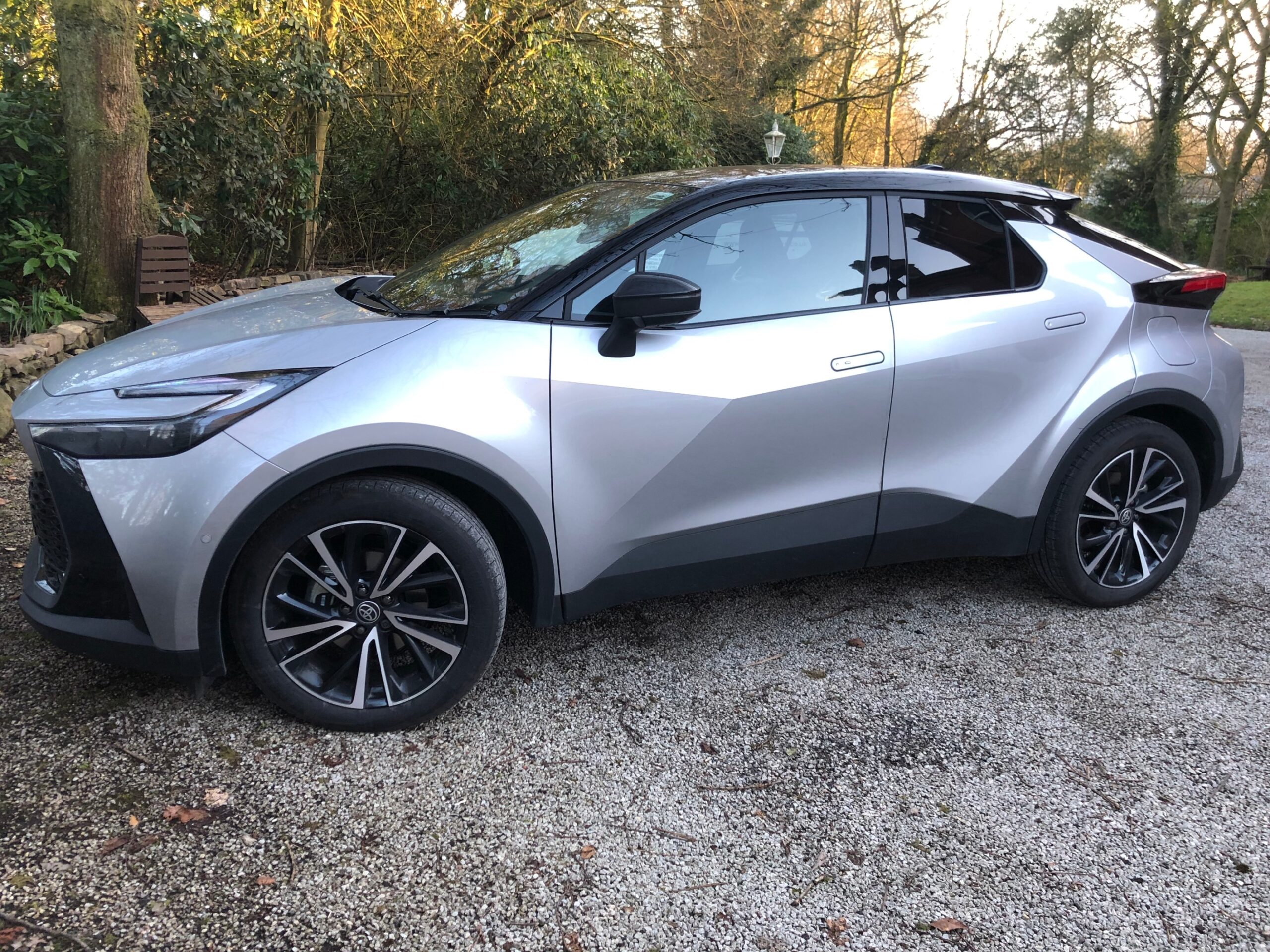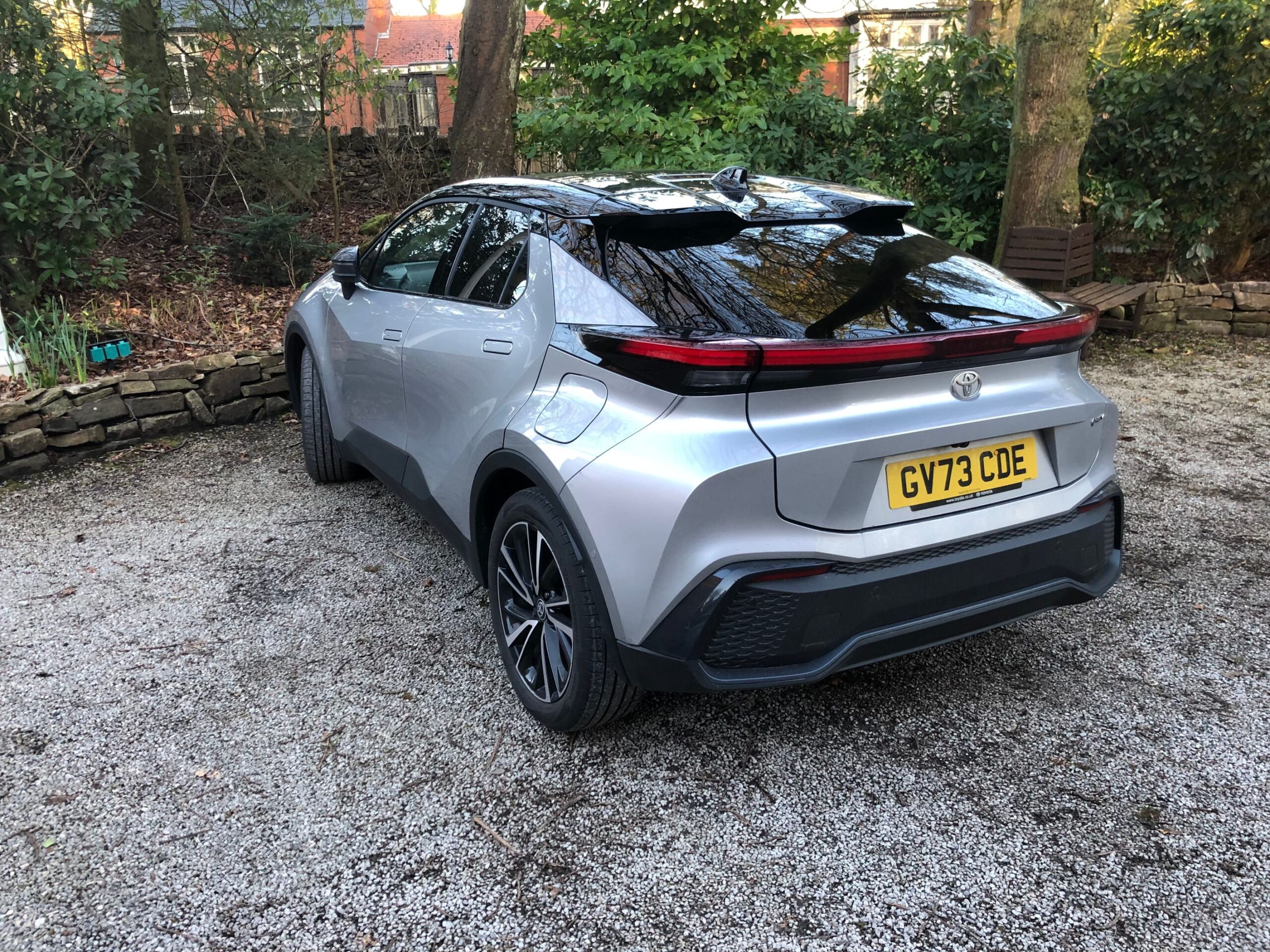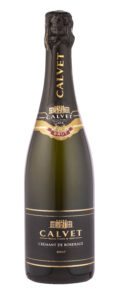

IF you want to stand out from the small SUV crowd then here is the car for you!
Toyota have always been cutting edge with their designs but the 2024 C-HR really nails that stealthy something different look.
The first generation C-HR was introduced here in 2016 and has sold very well but for this second incarnation a complete makeover means more kit, even sharper styling and impressive performance.
Power train wise there are two full hybrid choices starting with a 138bhp 1.8 petrol engine then a 194bhp 2.0. Both come with a CVT automatic gearbox and our test 1.8 has a claimed mpg of up to 57.6.
All C-HRs are well-equipped. In entry-level Icon trim you get 17-inch alloy wheels, an eight-inch touchscreen display with Android Auto and Apple CarPlay, reversing camera, LED headlights and seven-inch infotainment display. Toyota Safety Sense also comes as standard which includes adaptive cruise control, lane departure warning with lane keep assist plus road sign recognition.
Mid-range Design adds front and rear parking sensors, 18-inch alloys, heated front seats with power lumbar adjustment, wireless phone charging, rear-cross traffic alert, and a 12.3-inch digital instrument cluster.
The top Excel trim (our test car) gets 19-inch alloys, LED adaptive headlights, part artificial leather and suede upholstery, memory power driver’s seat, panoramic glass roof, 360-degree camera system, driver monitoring system and front cross-traffic alert.
Toyota C-HR is comfortable, easy to drive, super-frugal and should prove very reliable being a Toyota plus the styling really sets it apart from boxier competition.
There are four drive modes from Eco to Sport and our 1.8 can hit 62 in a respectable 10.2 seconds while the bigger engine version can do it in 8.4.
The C-HR has relatively soft suspension giving a comfortable ride at both motorway speeds and around town. Although it is an SUV the driving position is much more sports car like being lower and more enveloping – including a high center console which has the wireless phone charging pad and handy storage.

There are physical controls for air-conditioning and all versions have a reversing camera to help get around rear view issues with that striking coupe styling.
Parking sensors are an option on entry-level Icon trim while Design and above get front and rear sensors as standard. Icon trim has an 8in touchscreen with Android Auto and Apple CarPlay smartphone mirroring and Cloud-based navigation.
All other trims have an upgraded 12.3in touchscreen high up on the dashboard and angled towards the driver for ease of use. Versions with the bigger screen also have built-in sat-nav and voice recognition.
You get a six-speaker stereo on most trim levels with a more powerful nine-speaker JBL sound system on our Excel model.
The C-HR feels reasonably plush inside and well screwed together with soft-touch plastics and suede-effect trim on the doors. Icon and Design models have seats trimmed in a fabric made from recycled bottles while that part suede-effect upholstery on our Excel model is made from 45 per cent old bottles.
You won’t have any issues with space in the front of the C-HR unless you’re well over six feet and thanks to its fairly wide interior you also won’t feel as though you’re rubbing shoulders with your front seat passenger.
Toyota says the fixed glass roof (on Excel and optional for Design) actually raises the height of the ceiling by 3cm plus it makes the interior feel more open and airy.
All C-HRs come with lots of safety kit including automatic emergency braking (AEB), blind-spot monitoring and road-sign assist plus lane-departure warning and automatic high-beam headlight assist.
While it is not the cheapest SUV Hybrid out there the C-HR does have lots of kit and style plus impressive frugality. The range starts from £31,290 up to our top spec Excel which is £38,150 on the road.
For more info see www.toyota.co.uk
By Motoring Editor Steve Howarth








